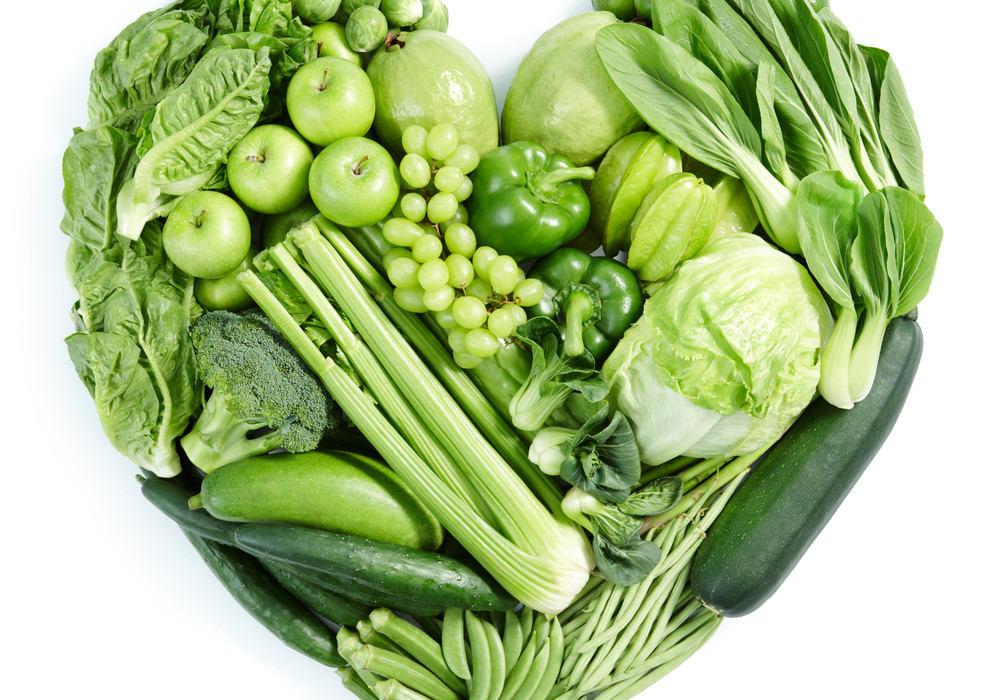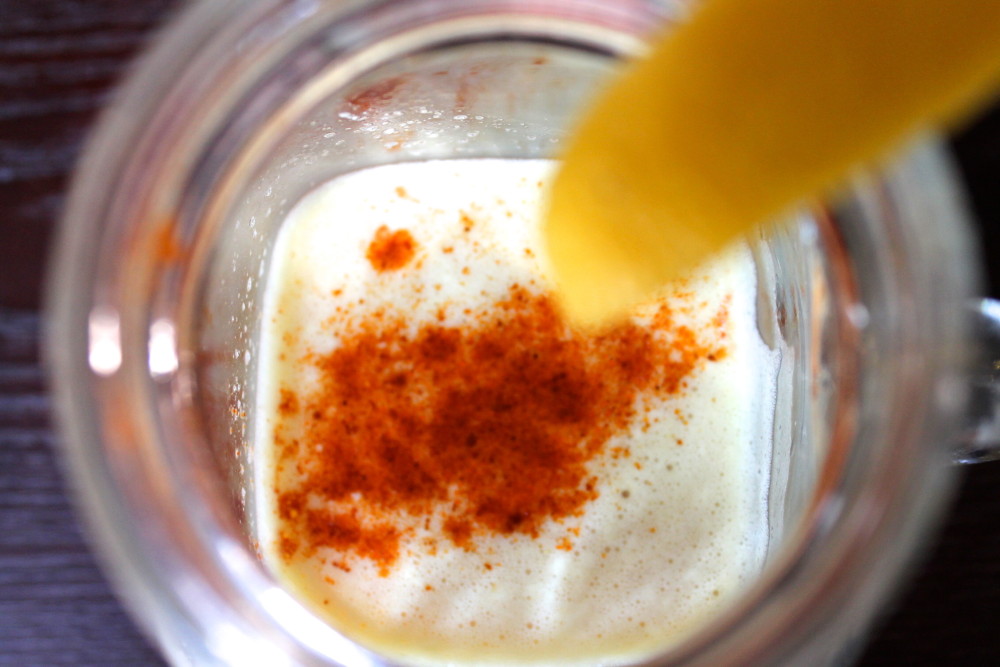While I’m sure that you guys are just loving the relatively icky Little C medical updates, today I want to get back on track and focus on our re-education regarding food. Did you know that not all fruits and veggies are created equal? Plenty of people have a misconception that a salad of iceberg lettuce and carrots is just as beneficial as a sautee with kale, radish and edamame. This is so far from the case-and it’s time to start getting the most nutrients from your veggies as possible.
Foods are rated on the ANDI scale, which stands for ‘Aggregate Nutrition Density Index”. ANDI is a scoring system that rates the micronutrients (vitamins, minerals, phytochemicals, and antioxidants) in fruits, vegetables, herbs, and nuts from 1 to 1000 based on nutrition content per calorie (nutrition density). The higher the ANDI scale, the more nutrient dense that food will be. For example, collard greens boast a 1000 ANDI while lettuce only rates a 585-that’s almost 500 less for lettuce! Crazy right?
So why should you care about ANDI scales? Phytochemicals and antioxidants are essential for optimal health! Micronutrients ensure proper immune system functioning and enable our body’s detoxification and cellular repair mechanisms that protect us from chronic diseases like cancer. Eating foods rich in micronutrients also protect against weight gain and obesity. As Americans we have adopted such a low-nutrient, high fat diet that it’s no wonder more than one-third of Americans are obese. Obesity related conditions like heart disease, stroke, type 2 diabetes and certain types of cancers are some of the highest causes of preventable death. By exercising and eating a healthy, well-balanced and nutrient rich diet, these deaths could be prevented. It’s that simple, and yet people are not catching on thanks to heaps of misinformation and a nation-wide lack of education regarding food.
Listed below are several food groups and their ANDI scores, although there are other groups such as nuts and herbs that are not listed here. Read these foods over and familiarize yourself with them to ensure that you are getting the most nutrient dense food whenever possible. We are slowly but surely changing the way that you think about food, replacing misinformation with knowledge, reprogramming and creating new habits. Hopefully with this new info, the next time that you go to grab some iceberg lettuce you will reconsider and try out some swiss chard instead!
Green Vegetables
1. Mustard/Turnip/Collard Greens: 1000
2. Kale: 1000
3. Swiss Chard: 1000
4. Upland/Watercress: 1000
5. Bok Choy/Baby Bok Choy: 865
6. Chinese/Napa Cabbage: 714
7. Spinach: 707
8. Arugula :604
9. Lettuce, Green Leaf: 585
10. Chicory: 516
2. Kale: 1000
3. Swiss Chard: 1000
4. Upland/Watercress: 1000
5. Bok Choy/Baby Bok Choy: 865
6. Chinese/Napa Cabbage: 714
7. Spinach: 707
8. Arugula :604
9. Lettuce, Green Leaf: 585
10. Chicory: 516
Non-Green Vegetables
1. Radish: 502
2. Turnip: 473
3. Carrots: 458
4. Acorn Squash: 444
5. Broccoli flower: 444
6. Cabbage: 434
7. Bell Pepper, Yellow or Orange: 371
8. Kholrabi: 352
9. Cauliflower: 315
10. Rutabaga: 296
Fruits
1. Cranberries, Fresh: 207
2. Strawberries: 182
3. Blackberries: 171
4. Raspberries: 133
5. Blueberries: 132
6. Guava: 125
7. Grapefruit: 125
8. Grapes: 119
9. Pomegranate: 119
10. Cantalope: 118
11. Plum: 106
12. Orange: 98
13. Tangerine: 86
14. Apricots, Fresh: 75
15. Watermelon: 71
Beans
1. Edamame: 98
2. Pinto Beans: 86
3. Tofu: 82
4. Great Northern Beans: 77
5. Adzuki Beans: 74
6. Lentils: 72
7. Lima Beans: 69
8. Kidney Beans: 64
9. Black Beans: 61
10. Chickpeas (Garbanzos): 55






